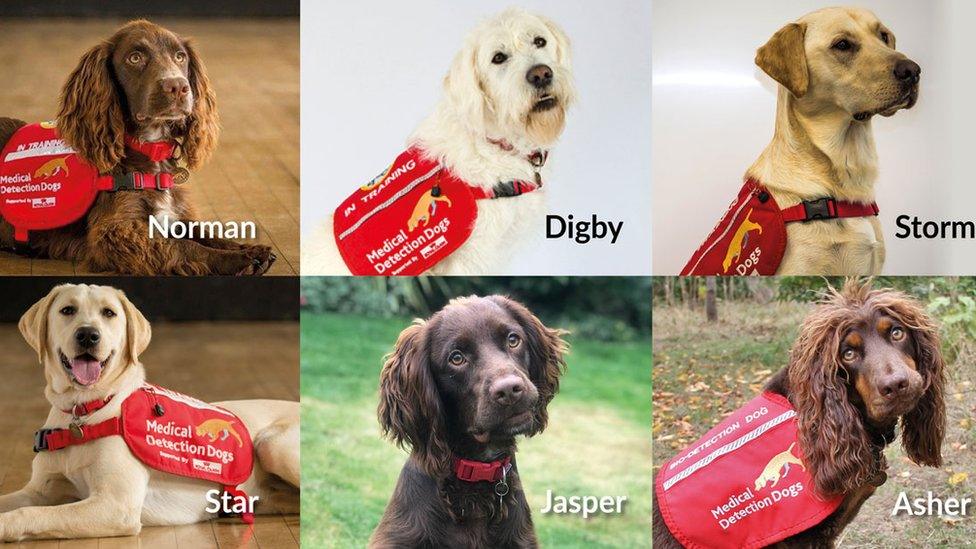NHS test and trace system: What are the new rules?
- Published
- comments
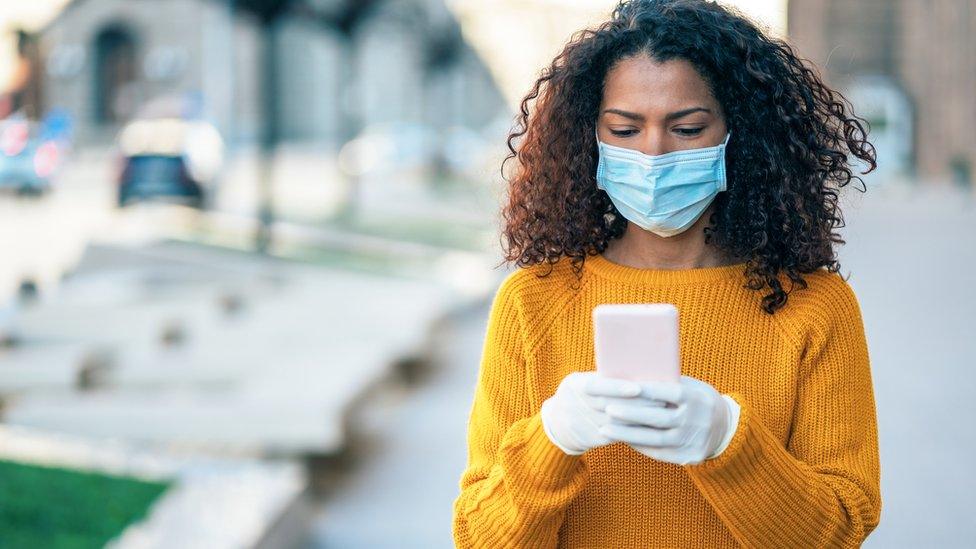
Those who've tested positive for the virus will be contacted either by text, email or a phone call
The government has launched a new test and trace system for England to try and help tackle the spread of the coronavirus.
It's just one of the ways it's working to limit the impact of Covid-19.
A team of 25,000 dedicated staff will working alongside Public Health England as part of the new service.
They'll be getting in touch with people who've tested positive for the coronavirus to find out who they've been in contact with.
Those who've come into contact with an infected person will have to self-isolate for 14 days.
A big aim of the track and trace service is to allow for lockdown measures to be lifted in a safe and controlled way while keeping the virus under control.
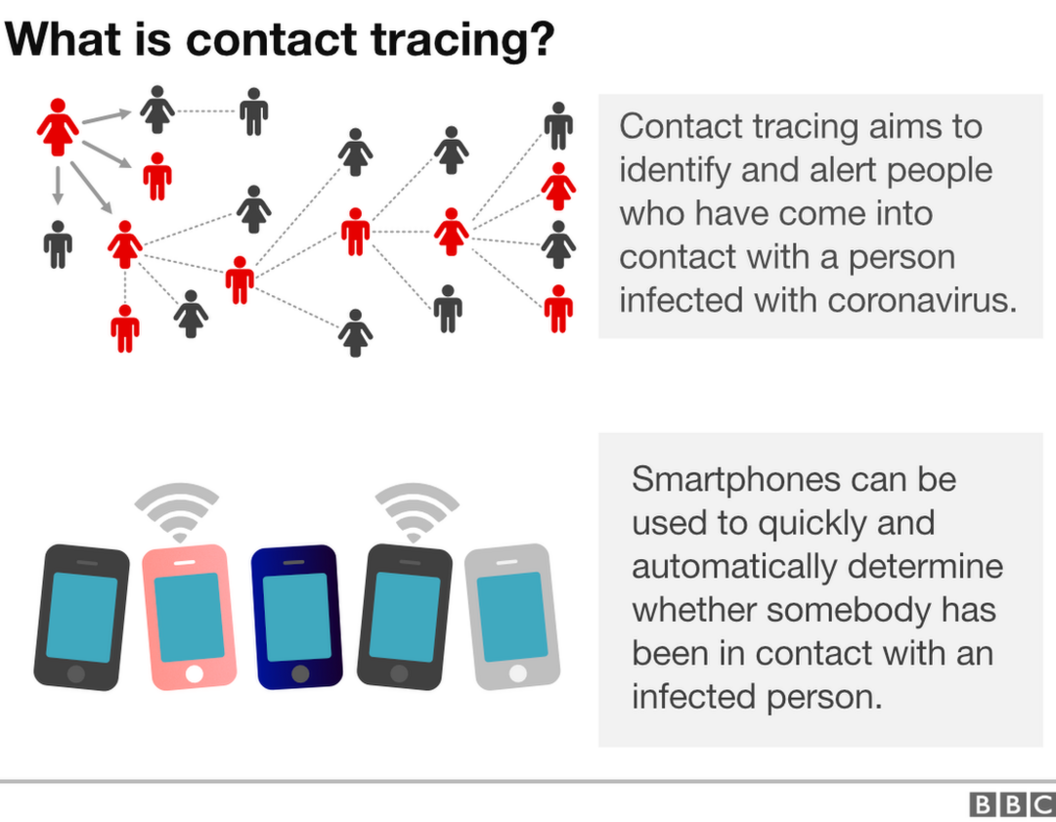
It's hoped that later this year an app - which is being redesigned - will make contact tracing easier
Prime minister Boris Johnson believes the new system will "change people's lives" and the government's health secretary Matt Hancock said: "NHS Test and Trace will be vital to stopping the spread of the virus. It is how we will be able to protect our friends and family from infection, and protect our NHS."
Northern Ireland already has its own version of the system in place. Like England, Scotland will also be launching its own system today and Wales' scheme is scheduled to launch at the start of next month.
So how does the system actually work?
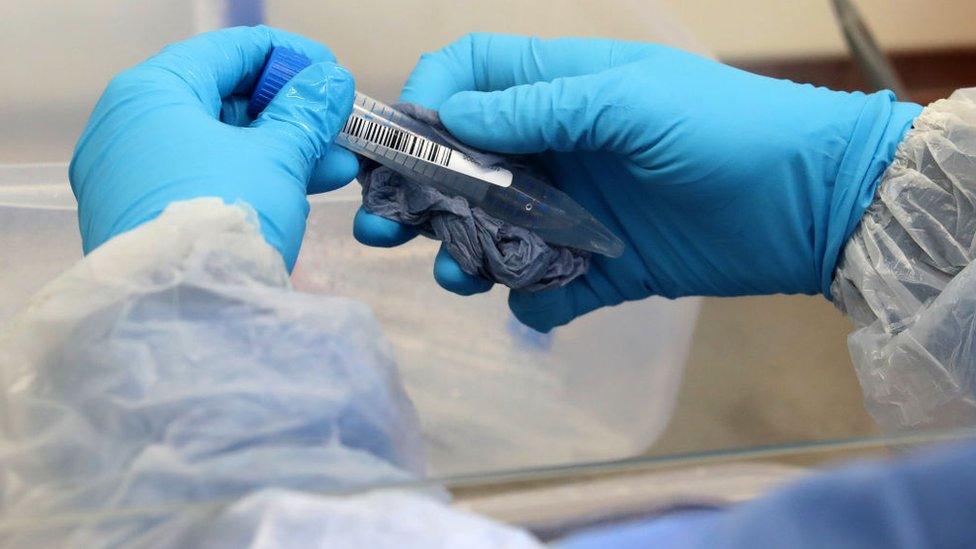
Those who've come into close contact with an infected person will have to be tested for coronavirus if they develop symptoms
The track and trace service in England is a new idea for how we deal with coronavirus and lots of people won't be familiar with services like it.
Here's how it works:
1. A person who is feeling unwell, and thinks they may have coronavirus, takes a test after speaking to a doctor.
2. If that person tests positive for coronavirus, they will then be contacted by a member of the NHS Test and Trace team. This will be done by either text, email or phone call.
3. Those contacted will be asked for details on the places they've recently visited and on the people they've been in close, recent contact with.
• A person or people you spend 15 minutes or more with at a distance of less than 2 metres
• Those you have direct contact with like family members or people you've had conversations with at a distance of less than a metre
4. If someone who's been in contact with an infected person is believed to be at risk of catching the virus, they'll be told to self-isolate for a 14-day period. They'll be told by via email or text message and it doesn't matter if they feel ill or not.
5. If a person who has been told to self-isolate does develop symptoms, they'll have to get tested for the virus and the people they live with will have to also go into isolation. However, if a person doesn't become ill, the rest of their household won't have to isolate.
6. If a person with symptoms has a test that comes back positive, they'll need to remain at home for an additional seven days. However, if it's negative, they'll just need to complete the remainder of the 14-day isolation period.
What's the idea behind test and trace?
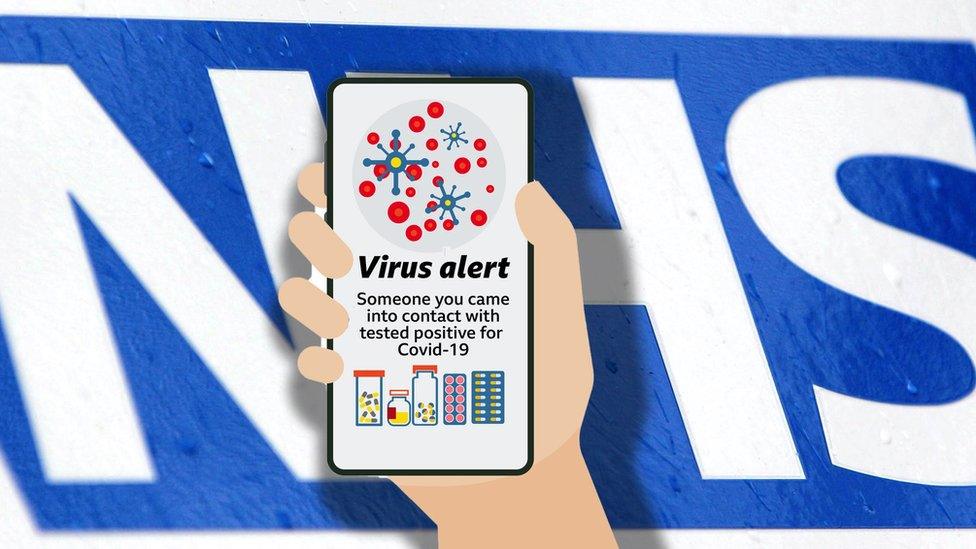
It's hoped the new service will make it easier to identify those who are at risk of having the virus, advise them to isolate, and this will help contain, control and eventually stop its spread.
According to the government, the track and trace team will have the capacity to trace the contacts of up to 10,000 people a day and this number could go up if needed.
- Published14 May 2020
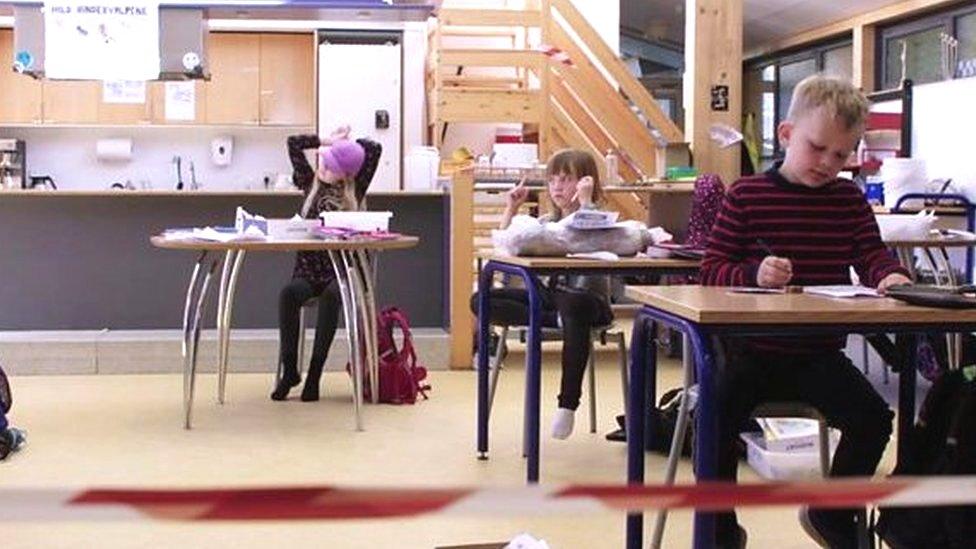
- Published31 July 2020

- Published16 May 2020
